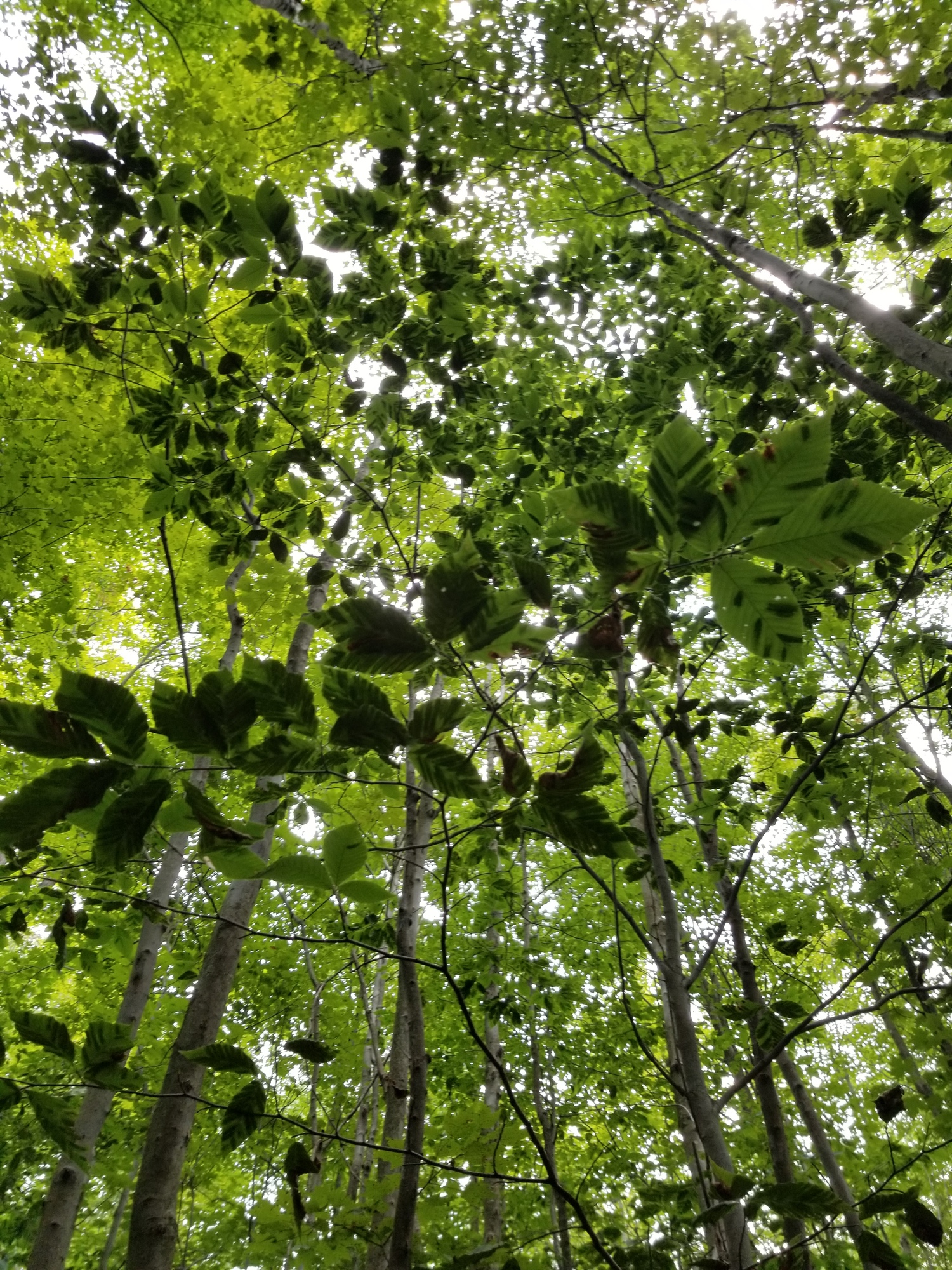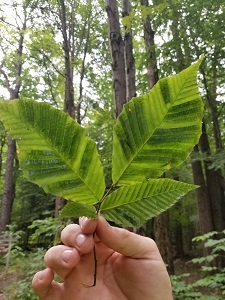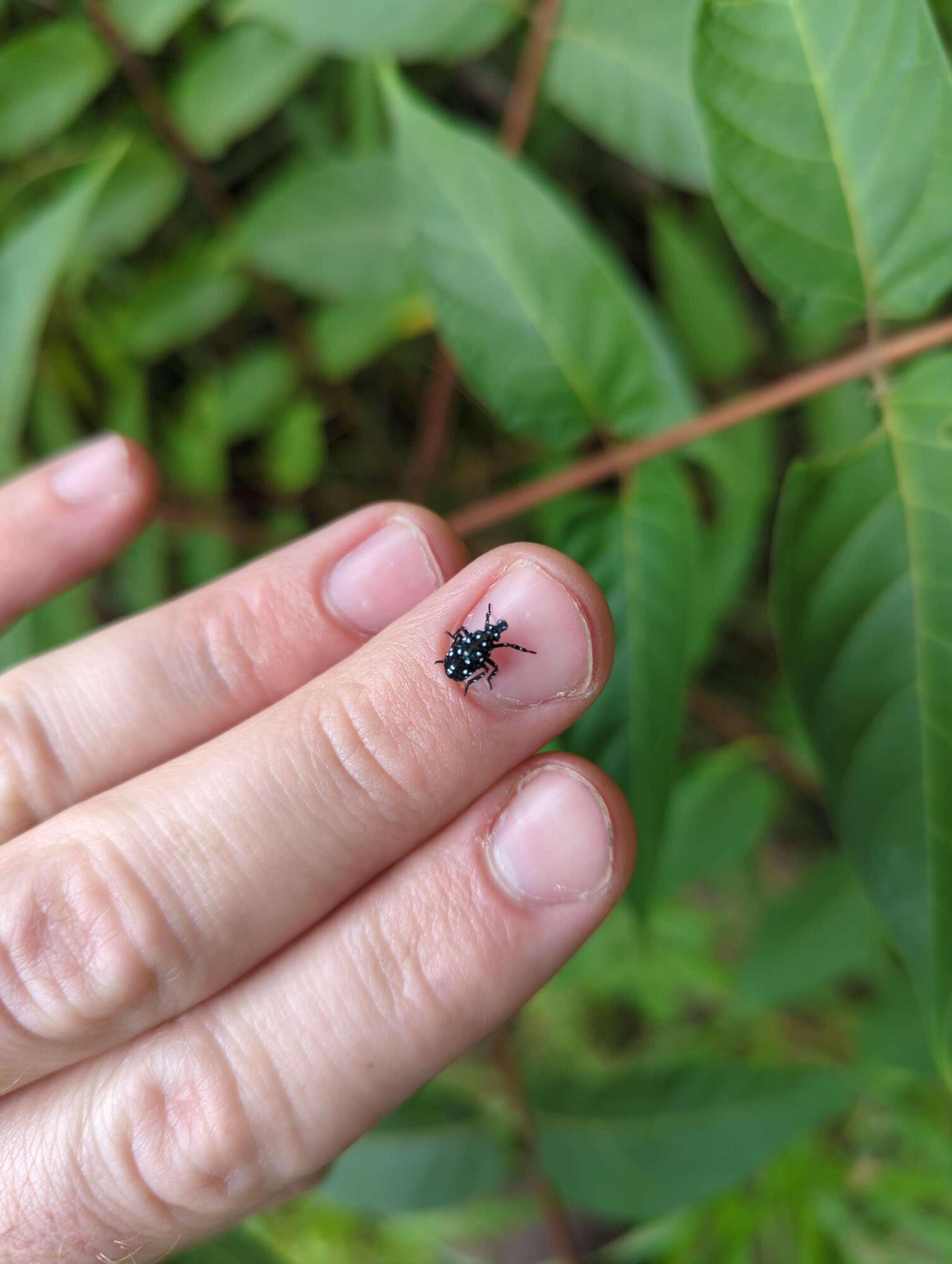May Invasive Species News - Look Out for Beech Leaf Disease and Claim a SLF Grid Square!
The New York State Department of Environmental Conservation sent this bulletin on 05/09/2023 10:51 AM EDT |
| DEC Delivers - Information to keep you connected and informed from the NYS Department of Environmental Conservation |
| View in browser |
May Invasive Species News |
Inspect Your Trees for Beech Leaf Disease This SpringIt’s spring, which means our beautiful trees are blooming again in New York! As buds begin to break, now is the perfect time to keep your eyes peeled for beech leaf disease symptoms. Symptoms include striping between the veins of the leaves. In early stages, this striping may only occur on a couple leaves on the tree. As the disease progresses, the striping becomes severe, causing the leaves to curl and take on a leathery texture. Curled leaves cannot photosynthesize as well, so heavily infected trees will grow weaker and decline year after year. As new leaves emerge on your local beech trees, check them for striping symptoms. Striping is easier to see from the underside of the leaves where the canopy is backlit by the sky. Beech leaf disease (BLD) was first found in Ohio in 2012 and has now spread to 13 other states and provinces. In New York, BLD is present in over half of the counties, but it is most severe in the western and southeastern regions of the state. BLD is associated with a nematode in the buds of beech trees.
Looking up into the canopy is the easiest way to spot striping symptoms.
Take a photo of the underside of your beech leaves and report your findings on iMapInvasives, even if your tree does not have symptoms! Over 2,000 iMap reports were submitted in 2022, and the majority were records where BLD was not detected. This data helps DEC understand where BLD is not present, which is just as valuable as knowing where it is present. For more information on BLD, visit our DEC webpage. If you have questions about BLD or any other tree pests & pathogens, email us at foresthealth@dec.ny.gov. Thank you for doing your part to protect New York’s beech! Help Track Spotted Lanternfly- Claim a Grid Square to Survey!As the weather warms this spring, tiny black and white spotted insects are getting ready to emerge from the egg masses laid by spotted lanternflies (SLF) last fall.
Spotted lanternfly instar nymph on an iMap user’s hand, with tree-of-heaven in the background, submitted with iMapInvasives record #1275189 on June 16th, 2022. Spotted lanternflies (SLF) are invasive insects that feed on grapes, hops, maple trees, and other woody plants, posing a severe threat to our natural resources. Visit the NYS Department of Agriculture & Markets website for more information. In New York, SLF is most common downstate, but one potential pathway for spread is SLF’s preferred host plant, tree-of-heaven (ToH), which is found in many locations across NY. Thankfully, we have a network of volunteers and professionals across the state working together to monitor the spread of SLF and ToH. Through the Claim a Grid Square program, dozens of volunteers conducted hundreds of surveys across the state last year. As of this week, we are re-launching the Claim a Grid Square program for 2023 for continued monitoring – all are welcome to join! You can help protect New York's agriculture and forests by knowing what to look for and how to report to New York’s official invasive species database, iMapInvasives. Learn more and claim your grid square for 2023!
|



